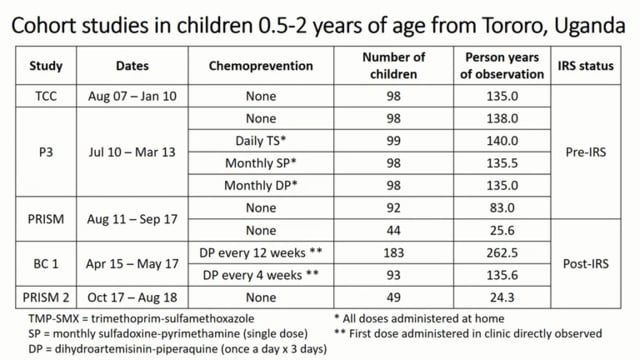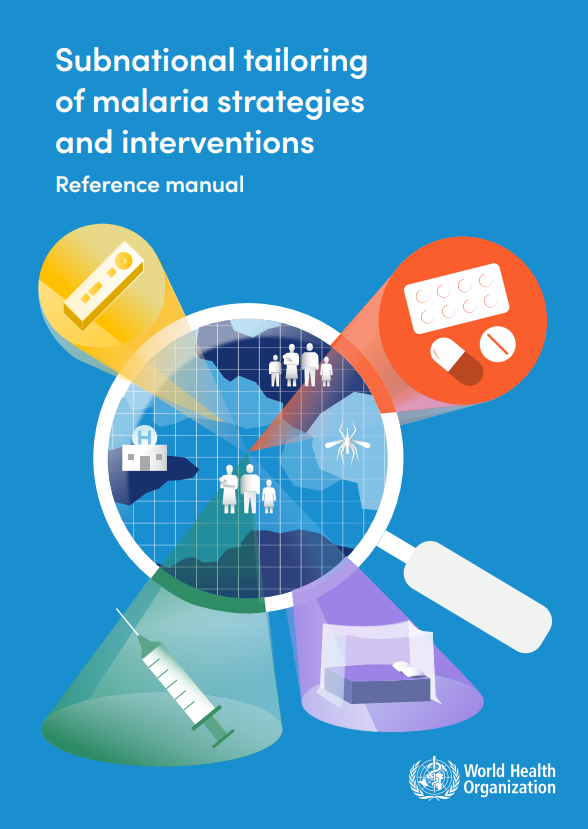ASTMH 2017, Manuela Runge: “Varying Impact of Malaria Interventions at District Level – Implications of a Mathematical Model for Strategic Planning”
Collaborator(s): Swiss Tropical and Public Health Institute (Swiss TPH), Switzerland
Published: 08/11/2017
In collaboration with ASTMH, Image Audiovisuals, and session presenters, MESA brings you this webcast from the 66th ASTMH annual meeting in Baltimore, November 2017
Title: “Varying Impact of Malaria Interventions at District Level – Implications of a Mathematical Model for Strategic Planning”
Speaker: Manuela Runge, Swiss Tropical and Public Health Institute
Session information:
Symposium 0119: “Malaria: Advances in Modeling and Technology for Malaria”
Wednesday, 8 November, 8:00 – 9:45 AM, Convention Center – Ballroom I (Level 400)
Abstract:
National Malaria Control Programs (NMCPs) are tasked with identifying the most efficient intervention packages and their optimal deployment strategies. Mathematical models can provide guidance in this process by predicting the impact of potential intervention packages in different settings. Tanzania is currently re-defining the national malaria strategic plan and goals for 2020 which should be tailored to local variations in the impacts of different interventions. We calibrated a population-based dynamic differential model at sub-regional level to provide support for the update of the 2017-2020 national strategic plan for Tanzania. Estimates of prevalence and intervention coverage were obtained from various country-wide datasets including malaria indicator surveys, Insecticidal Treated Nets (ITN) distribution data and predictions from the Malaria Atlas Project (MAP). Models were fitted to prevalence data while estimating the baseline level of transmission as well as the relative ratio between indoors and outdoors biting mosquitoes. The impacts of a selection of potential interventions were simulated per district, projecting the prevalence in 2020 and the average number of cases averted between 2017 and 2020. In low transmission and urban areas, ITNs are expected to have limited impact on the transmission intensity compared to Indoor Residual Spraying (IRS). Irrespective of other interventions, in high transmission settings, ITNs are indispensable and ITN coverage must be at least maintained to avoid rebound of both transmission and burden. At moderate transmission intensity both IRS with a high coverage and the maintenance of the current ITN coverage are expected to lower the transmission. The greatest impact was predicted when these were combined with increasing case management coverage. The modelling results suggest that depending on the local setting, the most appropriate interventions will vary, and the most effective strategy therefore involves sub-national stratification. The integration of this modelling framework into the NMCP strategic planning should ensure that an appropriate strategy will be implemented.
THEMES: Modeling



